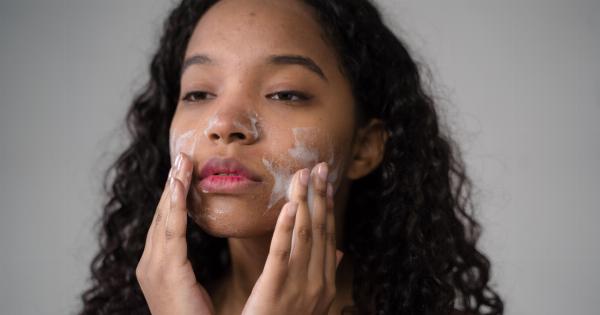Acne is a common skin condition that affects many teenagers, causing frustration and self-consciousness. As teenagers search for ways to combat their acne, they often come across various claims about the effects of certain foods on their skin.
One such claim is that milk consumption leads to more pimples. In this article, we will explore the relationship between milk and acne in teenagers and separate fact from fiction.
The Link Between Dairy Consumption and Acne
Several studies have investigated the correlation between dairy consumption and acne, particularly in teenagers. The research has yielded mixed results, leaving many unsure about whether milk truly exacerbates acne symptoms.
A study published in the Journal of the American Academy of Dermatology found that participants who consumed more milk had a higher prevalence of acne.
This led researchers to suggest that hormones present in milk, such as insulin-like growth factor 1 (IGF-1) and androgens, may contribute to acne development. However, it is important to note that this study did not establish a cause-and-effect relationship, but only an association.
On the other hand, a meta-analysis published in the Journal of Clinical and Aesthetic Dermatology examined multiple studies on dairy consumption and acne. The analysis found no significant association between milk intake and acne development.
The researchers concluded that further well-controlled studies are needed to determine a definitive link.
Hormones in Milk and Their Role
Milk contains various hormones, such as IGF-1 and androgens, which are naturally present in cow’s milk. These hormones are used by the body to promote growth and development.
Some researchers believe that these hormones may contribute to acne flare-ups by increasing sebum production, a key factor in acne development.
Sebum is an oily substance produced by the sebaceous glands in the skin. Its purpose is to lubricate and protect the skin. However, an excess of sebum can clog pores, leading to the formation of pimples.
Some studies suggest that the hormones present in milk may stimulate the sebaceous glands to produce more sebum, potentially worsening acne symptoms.
The Role of Other Factors
While milk consumption may have some impact on acne, it is important to consider the influence of other factors as well. Teenagers undergo numerous hormonal changes during puberty, which can contribute to the development of acne.
Stress, poor diet, genetic predisposition, and improper skin care can also play a role in acne formation.
Furthermore, it is crucial to recognize that not all dairy products are created equal. Skim milk, for example, has been found to have a stronger correlation with acne compared to whole milk.
This may be due to the increased concentration of whey proteins found in skim milk, which can promote the release of insulin and IGF-1, potentially exacerbating acne symptoms.
Taking a Holistic Approach
When addressing acne concerns, it is essential to take a holistic approach.
Instead of focusing solely on dairy consumption, teenagers should consider adopting a balanced and nutritious diet, managing stress levels, practicing good skincare habits, and adopting a healthy lifestyle overall.
Eating a diet rich in fruits, vegetables, whole grains, and lean proteins can support overall skin health. This provides important vitamins, minerals, and antioxidants that promote a clear complexion.
Additionally, staying hydrated and minimizing sugary and greasy foods may also help maintain healthy skin.
Managing stress is crucial, as stress can trigger hormonal fluctuations that contribute to acne breakouts.
Engaging in stress-reducing activities such as exercise, meditation, and hobbies can positively impact overall well-being and potentially improve acne symptoms.
Establishing a consistent skincare routine is also important for managing acne. Using gentle cleansers to remove excess oil and dirt, moisturizing to prevent dryness, and avoiding harsh and irritating products can all contribute to healthier skin.
Consulting with a dermatologist can provide personalized recommendations for acne-prone individuals.
Conclusion
The connection between milk consumption and acne in teenagers is a topic that continues to be debated. While some studies suggest a possible association, the evidence remains inconclusive.
Many other factors, such as hormonal changes during puberty and overall lifestyle habits, may contribute to acne development.
Teenagers concerned about their acne should focus on adopting a holistic approach, taking care of their overall health and well-being. This includes maintaining a well-balanced diet, managing stress levels, and practicing good skincare habits.
Consulting with a dermatologist can also provide personalized advice and guidance.































